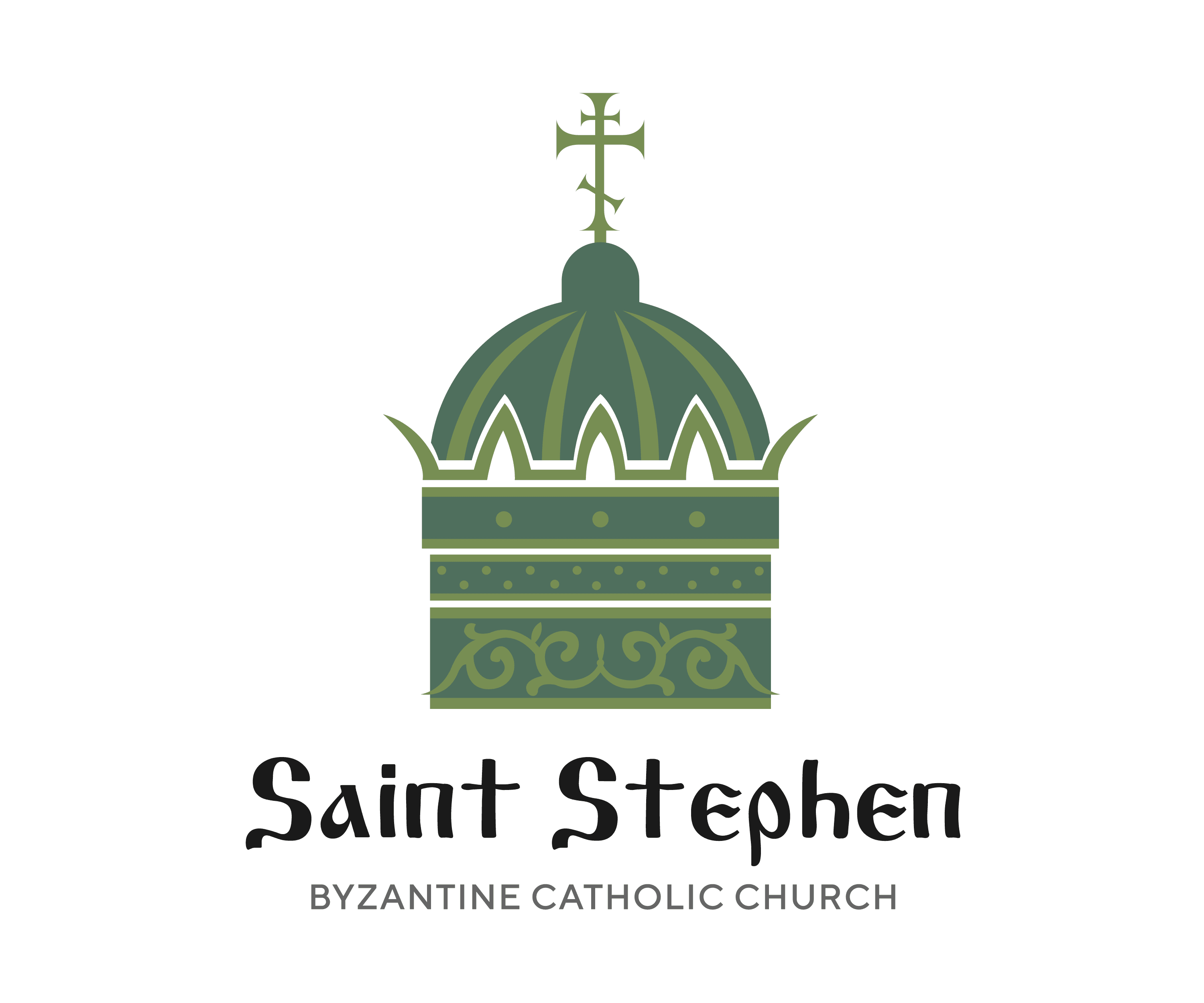Click here to watch this on YouTube (live stream begins at noon on Sunday, September 13th, 2020)
Divine Liturgy for the Sunday before the Exaltation of the Cross. Tone 6.
Click here to watch a video of this service on our YouTube channel. (Live stream will begin at 10:00am on Sunday, September 13th, 2020).
People’s book for the Divine Liturgy
Divine Liturgy Propers for the Sunday before the Exaltation of the Cross. Tone 6.
Whenever we are unable to pray the Divine Liturgy, we traditionally pray the Typika in its place. Click here for Typika arranged for use at home on for the Sunday before the Exaltation of the Cross.
Matins for the Sunday before the Exaltation of the Cross. Tone 6.
Click here to watch this on YouTube (live stream begins at 8am on Sunday, September 13th, 2020)
Great Vespers for the Sunday before the Exaltation of the Cross. Tone 6.
Click here to watch a video of this service on our YouTube channel (Live stream will begin September 12th at 4pm)
Vespers Propers for the Sunday before the Exaltation of the Cross. Tone 6.
Bulletin
- « Previous Page
- 1
- …
- 117
- 118
- 119
- 120
- 121
- …
- 189
- Next Page »
